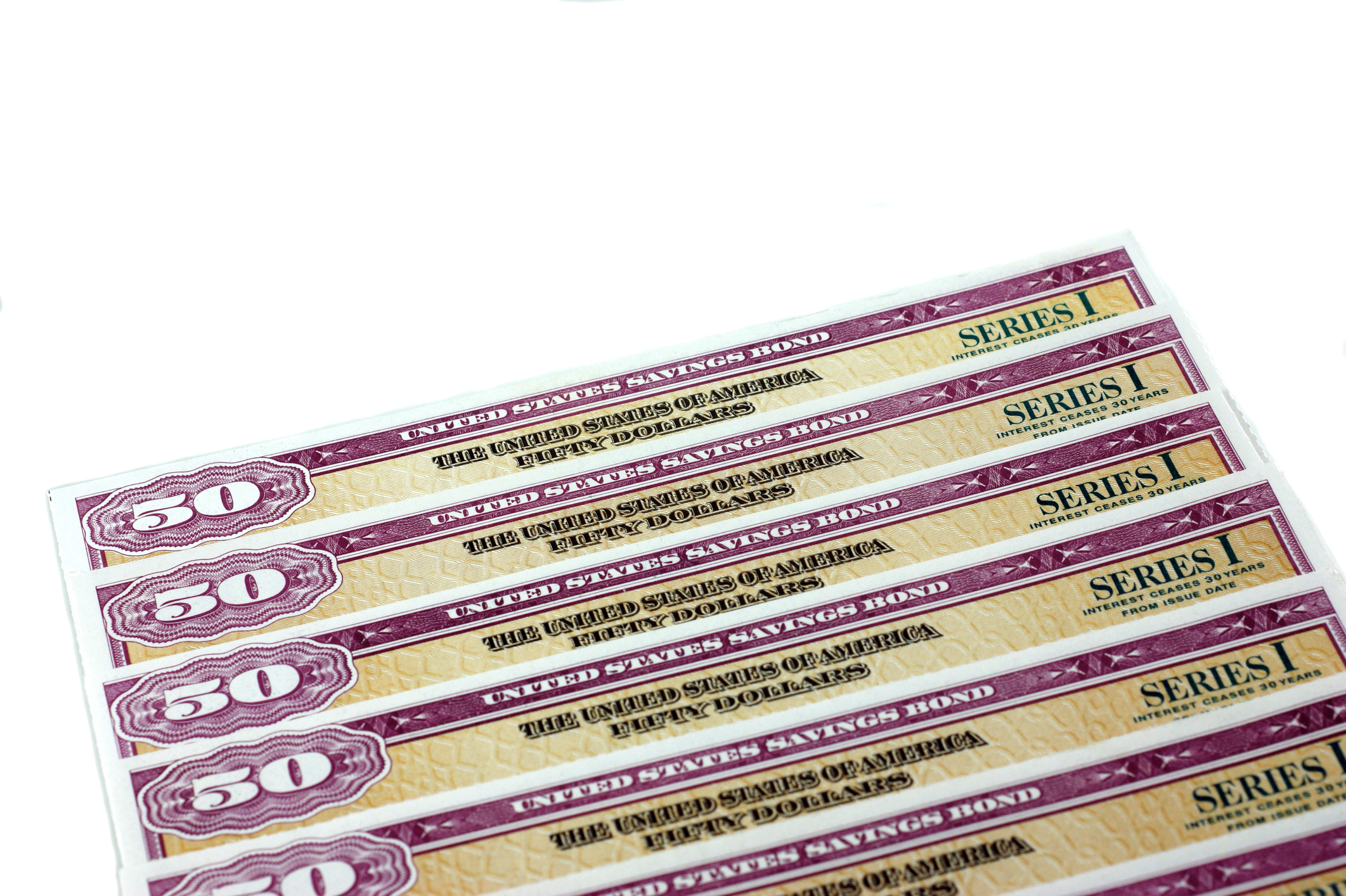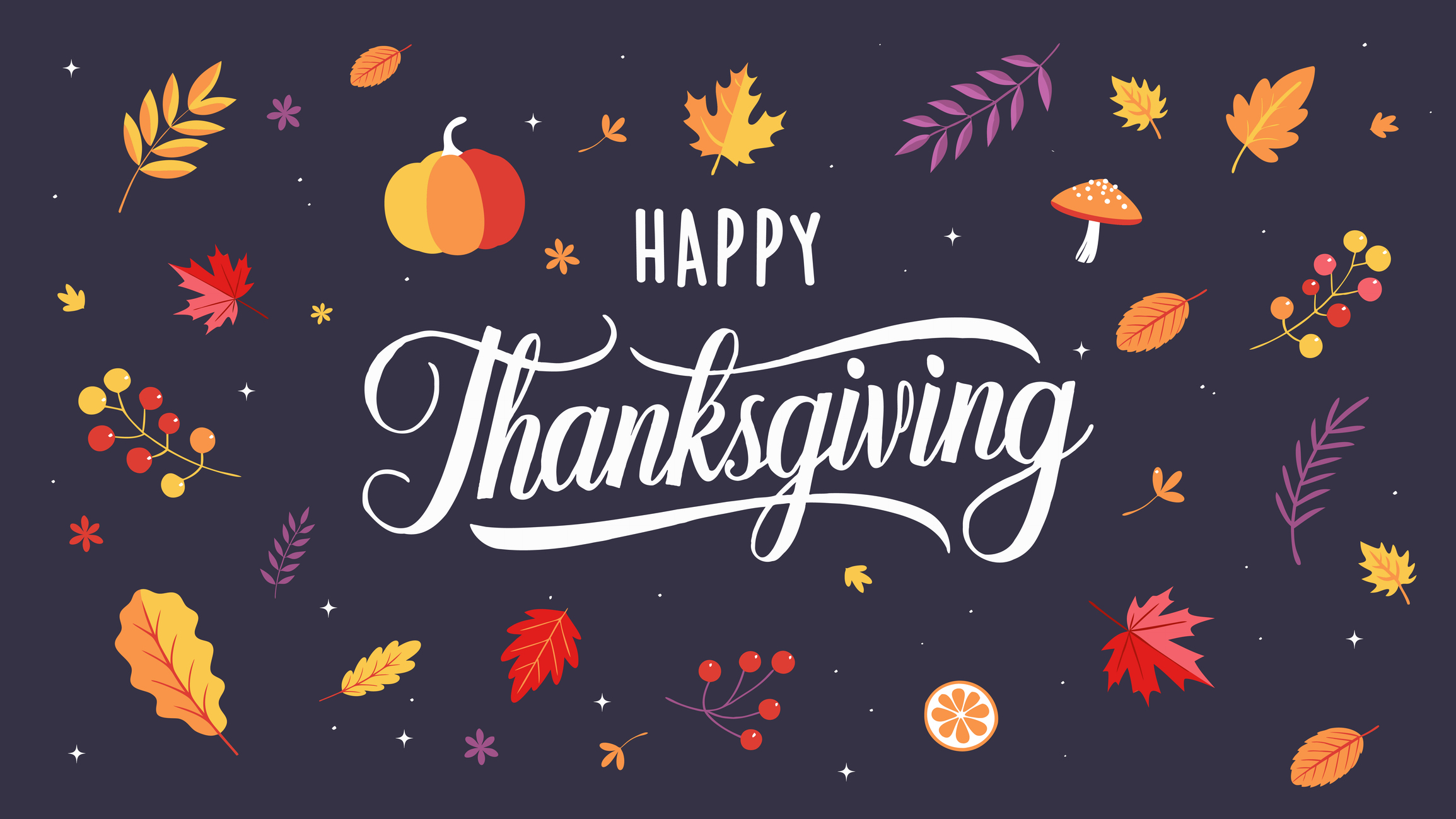Is It A Good Time To Cash In Your I Bonds?
As inflation eases, investors are redeeming their I bonds and putting the money elsewhere.


Donna LeValley
In 2022, a spike in inflation made normally staid Series I savings bonds almost as popular as tickets to Taylor Swift’s Eras tour. I bonds issued between May and October 2022 earned a six-month composite rate of 9.62%, creating a surge in demand from yield-hungry investors that briefly overwhelmed the TreasuryDirect website.
I bond rates have since come down to earth; bonds issued between November 2023 and April 2024 pay a composite rate of 5.27%. Meanwhile, some certificates of deposit and high-yield savings accounts are paying more than 5%, and the recent yield on one-year Treasury bills topped 4.8%. Yields on Treasury inflation-protected securities (TIPS) — government securities that are indexed to the rate of inflation — are also attractive now, says David Enna, founder of Tipswatch.com, a website that focuses on I bonds and TIPS.
But I bonds may still provide some benefits for long-term investors, particularly those issued between November 2023 and April 2024. And cashing in your I bonds may mean giving up some interest — if you can cash them in at all.
From just $107.88 $24.99 for Kiplinger Personal Finance
Be a smarter, better informed investor.

Sign up for Kiplinger’s Free Newsletters
Profit and prosper with the best of expert advice on investing, taxes, retirement, personal finance and more - straight to your e-mail.
Profit and prosper with the best of expert advice - straight to your e-mail.
I bonds consist of two components: an inflation rate, which is based on the consumer price index and is adjusted every six months from the bond’s issue date, and a fixed rate that remains the same for the life of the bond (up to 30 years).
You can’t redeem an I bond in the first year, and if you cash it in before five years have passed, you’ll forfeit the most recent three months of interest. (If you check your bond’s value at TreasuryDirect.gov within the first five years of owning it, the amount you’ll see will have the three-month penalty subtracted from it.)
Weighing the options to cash in your I bonds
With that penalty in mind, if you’ve owned an I bond for longer than a year but less than five years, is it worth redeeming the bond — which means giving up some of the interest you’ve earned — so you can reinvest the money in a higher-yielding investment?
The answer depends on your goals, when you bought the I bond and the fixed rate for the bond, says Enna. For example, if you bought one in October 2022 — when many investors snapped up I bonds to capture the 9.62% rate for six months before the rate reset — your optimal redemption date was January 1, 2024, Enna says.
The reason: Those bonds earn a 0% fixed rate and transitioned in October 2023 to a composite rate of 3.38%, which is well below what you can get from short- term Treasuries. If you wait to cash in the bond until three months after the rate resets, the interest penalty will apply entirely to the 3.38% rate, rather than some portion of the penalty applying at the higher 6.48% rate that the bond earned during the previous six months.
“All I bonds purchased from May 2020 through Oct. 2022 have a fixed rate of 0.0%, so those are targets for redemption” says Enna. For I bonds purchased in September 2022, the optimal redemption date was December 1, 2023; for bonds purchased in August 2022, the optimal redemption date was November 1, 2023. Enna continued “I think all of those 0.0% I bonds are now paying either 3.38% or 3.94% — and have been for three months — so they could be targets for redemption.”
For I bonds purchased in November 2022 through April 2023 — which couldn’t be redeemed until at least November 2023 — your optimal redemption date depended on the inflation-adjusted rate announced on November 1. The bonds’ inflation rate is now 3.24%.
Enna advises to “target I bonds with a 0.0% fixed rate. If the fixed rate is higher, do not redeem. The fixed rate rose to 0.4% in November 2022 so any I bond purchased after that date should be held.
Likewise, you may want to hold on to I bonds issued between May and October 2023. Those I bonds have a fixed rate of 0.9%, which is the highest fixed rate in 16 years. No matter what happens to inflation in the future, you’ll lock in that rate for as long as you own the bonds.
“My rule of thumb is, if you have a very attractive fixed rate, hold on to it as long as possible,” Enna says.
Note: This item first appeared in Kiplinger's Personal Finance Magazine, a monthly, trustworthy source of advice and guidance. Subscribe to help you make more money and keep more of the money you make here.
Related Content
Profit and prosper with the best of Kiplinger's advice on investing, taxes, retirement, personal finance and much more. Delivered daily. Enter your email in the box and click Sign Me Up.

Block joined Kiplinger in June 2012 from USA Today, where she was a reporter and personal finance columnist for more than 15 years. Prior to that, she worked for the Akron Beacon-Journal and Dow Jones Newswires. In 1993, she was a Knight-Bagehot fellow in economics and business journalism at the Columbia University Graduate School of Journalism. She has a BA in communications from Bethany College in Bethany, W.Va.
- Donna LeValleyRetirement Writer
-
 Dow Adds 314 Points to Thanksgiving Rally: Stock Market Today
Dow Adds 314 Points to Thanksgiving Rally: Stock Market TodayInvestors, traders and speculators enjoy the best Thanksgiving Week gains for the major stock market indexes in more than a decade.
-
 Why Prepaying Your Retirement Dreams Might Be a Financial Game Changer
Why Prepaying Your Retirement Dreams Might Be a Financial Game ChangerHe bought his retirement home more than a decade before he plans to retire. Was it the right move?
-
 5 Simple Fixes to Save on Heat Bills This Winter
5 Simple Fixes to Save on Heat Bills This WinterWith fuel prices expected to rise 10% or more this winter, making your home more energy efficient will really pay off.
-
 Why It's Worth Booking a Winter Vacation
Why It's Worth Booking a Winter VacationTravel Smart In the early months of the year, travel demand dips — and so do prices.
-
 New Ways to Use 529 Plans
New Ways to Use 529 PlansTax-free withdrawals from 529 plans could help you sharpen your job skills.
-
 Don't Waste Your Money on Bad Gifts. Try This Instead.
Don't Waste Your Money on Bad Gifts. Try This Instead.Holiday Happiness These strategies, backed by behavioral finance, can help you find presents that your loved ones will truly enjoy.
-
 5 Ways to Save on a Trip to the 2026 Olympics in Italy
5 Ways to Save on a Trip to the 2026 Olympics in ItalyA guide to going to the Milan-Cortina 2026 Winter Olympics without breaking the bank.
-
 A Guide to Starting a Successful Business After 50
A Guide to Starting a Successful Business After 50Age can be an advantage for older entrepreneurs looking to extend their careers or supplement their income in retirement.
-
 10 Things You Should Know About Buying a Car Today, Even if You've Bought Before
10 Things You Should Know About Buying a Car Today, Even if You've Bought BeforeIf buying a car is on your to-do list, and it's been a while since you went shopping for a new one, this guide will help avoid any nasty shocks in the showroom.
-
 How to Skip Fees at the Bank
How to Skip Fees at the BankYou can steer clear of fees, especially if you choose your account wisely. Here are some tips to keep them at bay.